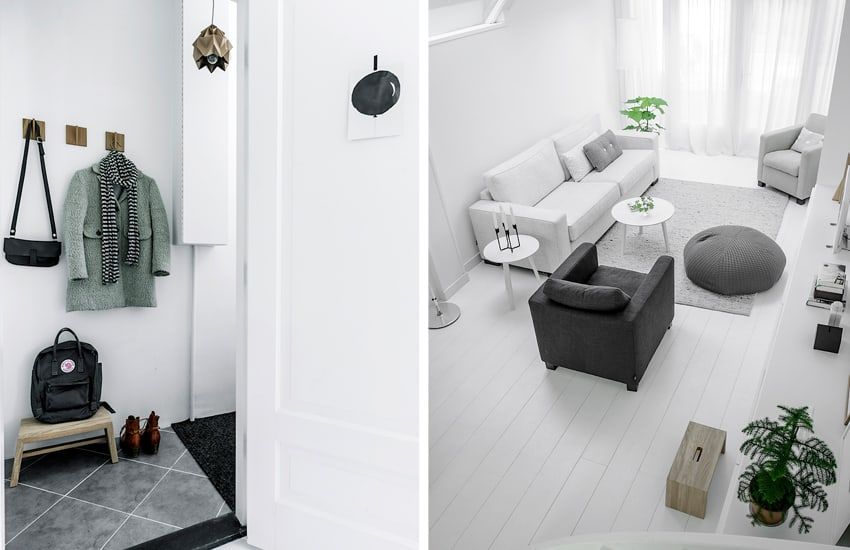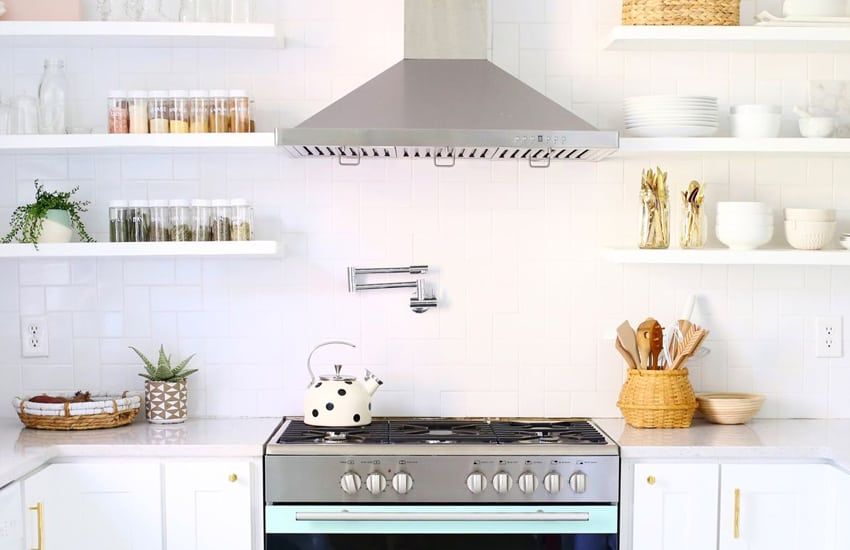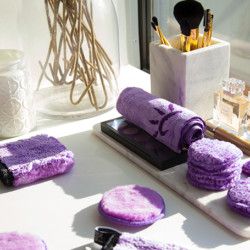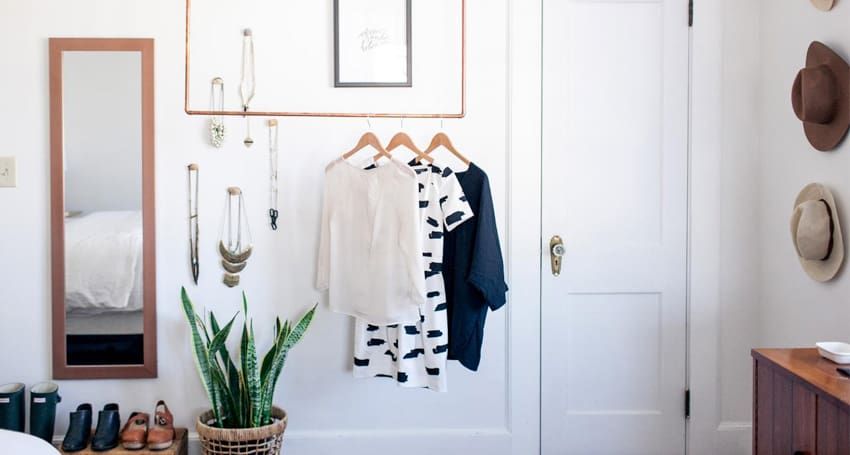
Can we get a hands up from all the organisation lovers out there? Don’t be shy… you’re not alone! For some, keeping things clean, neat and tidy is an absolute obsession.
As self-confessed neat freaks ourselves, we like to tidy up all the time. The issue is, it seems like every time we get a room spick and span, it stays that way for all of 24 hours (if that).
We know we’re not the only ones who have this issue. That’s why when we caught buzz of a book about a “life-changing” organisation method known as “KonMari,” we knew we had to find out more.
Marie Kondo’s book ‘The Life-Changing Magic of Cleaning Up’ is a guide to using the Japanese KonMari method to tidy your home. This isn’t just any old clean up process though. With an emphasis on keeping only the items you absolutely love, discarding all unnecessary possessions, assigning a home to absolutely everything and doing it all in one mammoth cleaning sweep, it’s actually more of a purge.
Whatever it is, it must be good because it quickly sparked a huge craze in the US. With over 2 million copies sold, Marie Kondo and her KonMari method have established a cult-like following, with “Konverts” sharing before-and-after pics of their newly tidied rooms on social media.
Now the KonMari method has made it’s way to Australia and is starting to generate some serious talk. There’s a lot to the method but after a bit of research, we think we’ve managed to break it down a bit…

Before you start your KonMari clean up, make sure you know why you’re doing it. Otherwise, you’ll lose motivation very quickly. Try visualising your home and your ideal lifestyle. Set specific goals like, “I want to live in a peaceful environment, surrounded by only things that make me happy.” Next, you need to narrow it down even more. Maybe you want to do it so you feel proud every time you walk into your home or maybe it’s because it’ll help you sleep better. There has to be a good enough reason to spend hours, days, even weeks and months tidying up your home.

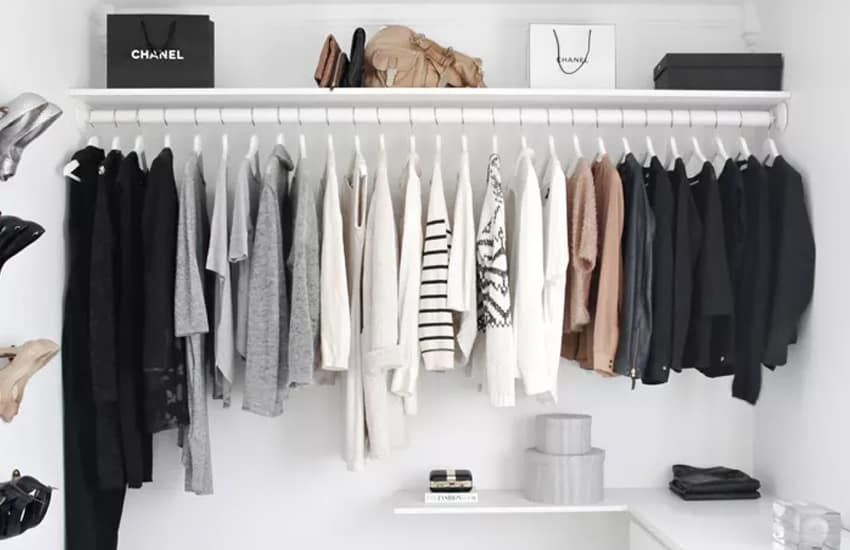
Typically if we need to clean up, we work our way through the house room by room. According to Marie Kondo though, this is a “fatal mistake.” Instead, she recommends that you clean up by categories, such as clothes, books, utensils, ornaments, linen, etc. Typically, the first category people choose to work on is their clothes. To do this, you must gather up absolutely all of your clothes into a big pile. Next, you should go through the pile and decide whether or not you really need to keep each item. You can then do the same for all the other categories of things in your home.

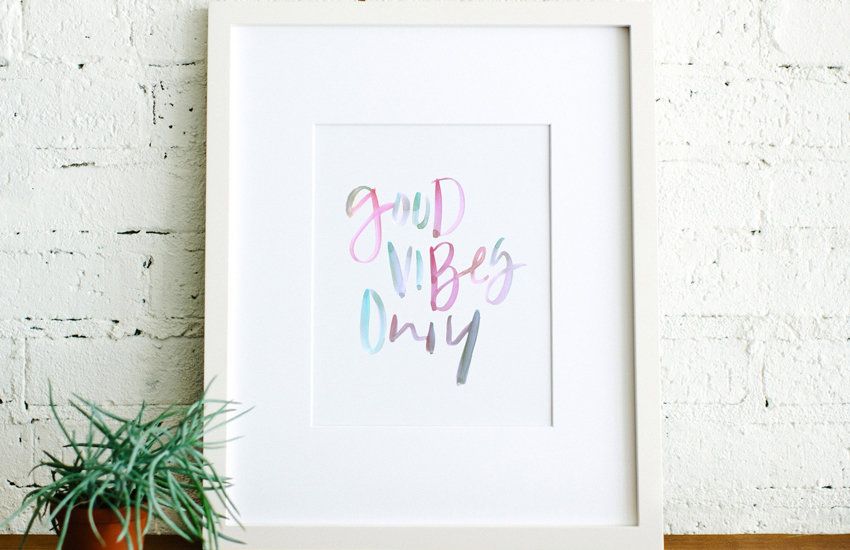
The biggest challenge you’ll face during your KonMari clean up is trying to decide whether to keep or throw away an item. The fundamental rule behind KonMari is that “if it doesn’t spark joy” then you mustn’t keep it. The intended result is that you end up throwing away more than you keep, which for some can be pretty difficult.
There’s one catch – you can only throw away your own things. Your dog’s squeaky chew toys, your hubby’s stained shirts and your kids’ dirty shoes are all off limits. Sorry!

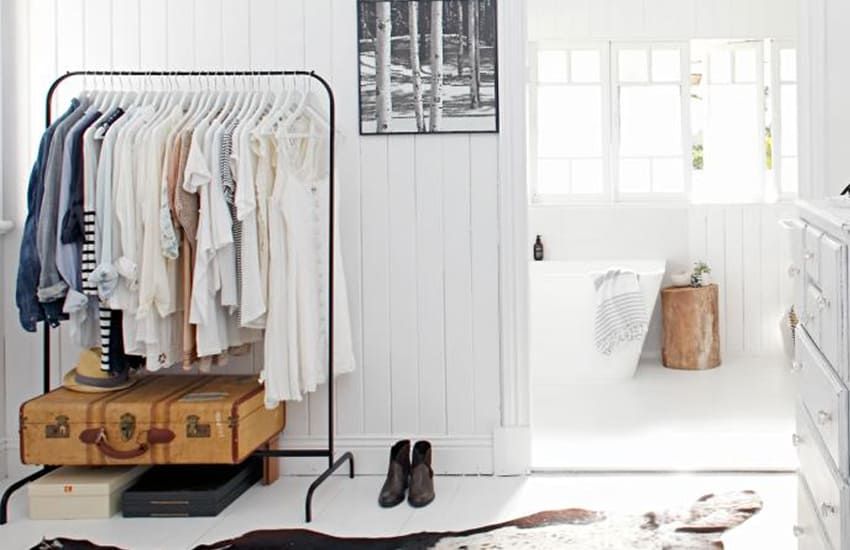
The KonMari method asks you to use a different mindset when cleaning up. Instead of thinking, “what should I throw away?” You should have the mindset that everything is getting thrown away and you need to carefully decide which things you will save. You’ll be surprised at how much you end up throwing out! And trust us, you’ll feel sooo much better afterwards.

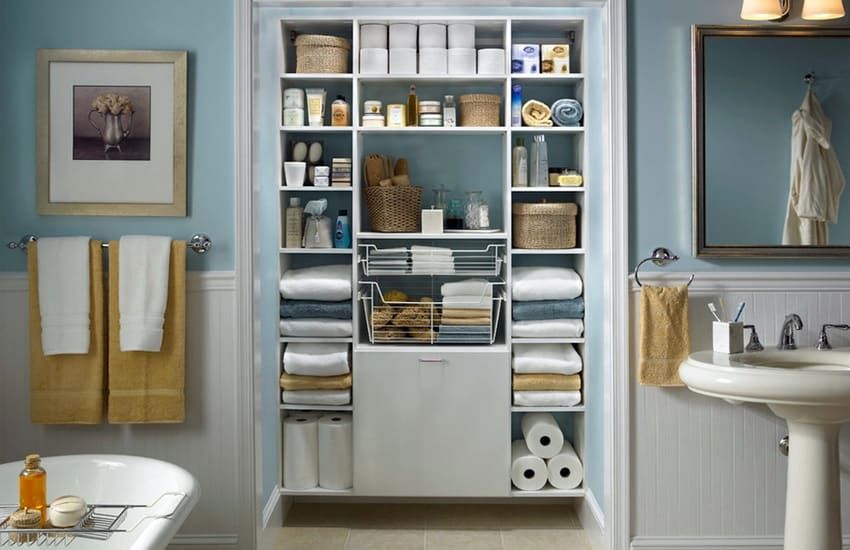
Once you’re done throwing away unnecessary items, it’s time to put them away. Every category of item should have it’s own place. There should be a cupboard for your towels, a shelf for your plates, a draw for your cutlery. Don’t mix things up altogether. When you take something out, make sure it goes back exactly where it’s supposed to go. Try to keep as many things as you can stored away, rather than on the bench or table.


This is one of the most important parts of the clean up but if you completed the first part correctly, you shouldn’t have too many clothes left to tidy up anyway.
The KonMari method calls for you to store your clothes in a vertical manner. For the most part, this means you’ll hang your clothes up on hangers. If you’re folding clothes, try to use as little folds as possible. Next, stack them vertically across the shelf, rather than one on top of the other. The fundamental rule is that clothes should be as easy to find as they were to put away. You shouldn’t’ have to rummage through drawers. For this reason, stackable storage solutions are also not encouraged.
Have you tried the KonMari method? We’d love to know what you think. Or if there’s another method of getting organised that you swear by, let us know what it is and why you love it!

